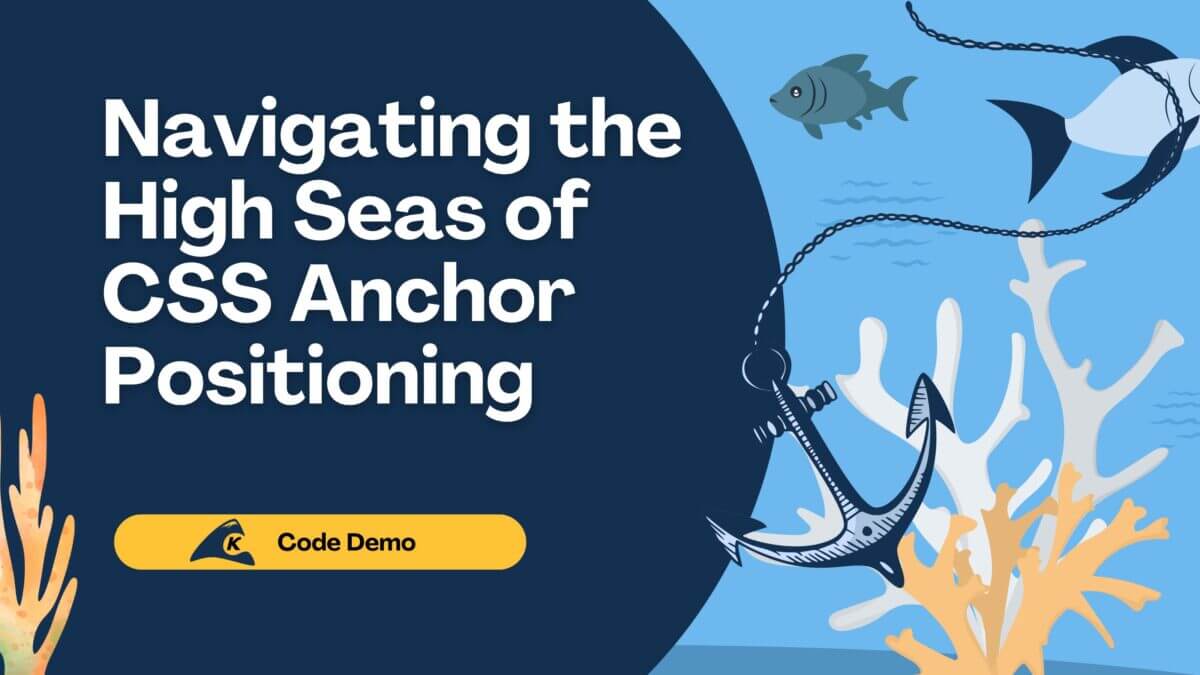The purpose of this project was to build an accompanying cross-platform mobile application to the existing Fly Tyer World web application. The goal was for the Fly Tyer World mobile application to have the same functionality as the web application, and for it to be available for both iOS and Android devices.
Fly Tyer World displays fly fishing instructional videos from YouTube and organizes them into virtual “fly boxes.” It is meant for use by fly fishermen with the objective of providing quick, easy access to fly-tying videos. The app references the many fly-fishing videos on YouTube and meaningfully organizes them by both species and location. This allows fly fishermen to find videos relevant to their location and target fish type with ease.
The goal was to take the existing Fly Tyer World web application and create an accompanying iOS and Android mobile application that boasted the same functionality. This Case Study details the process of doing this and highlights the tools our team of developers used to achieve the goal.
Download Case StudyTechnology Overview
A team of Keyhole consultants built the cross-platform Fly Tyer World mobile application and managed the process from start to finish.
The front end of the application was developed in C# using Xamarin.Forms Shell. As an opinionated implementation of Xamarin.Forms, Xamarin.Forms Shell simplifies the mobile development process. The team chose to use this technology because it provides fundamental features (a common navigation user experience, a URI-based navigation scheme, an integrated search handler, etc.) that most mobile applications require.
On top of Xamarin.Forms Shell, other Nuget packages were also used to add additional functionalities and features. Xamarin.Forms.Maps, Xamarin Essentials, Xamarin.Auth, and Xamarin.Forms.Xaml were supplementary technologies utilized in the development process.
For enhanced user awareness, the mobile app also supports push notifications for both iOS and Android. This feature was implemented with Azure Notification Hub.
The team also worked to design an interactive, user-friendly interface for the application that made navigation easy and intuitive. A sample from the design they created is shown below.

The back end of Fly Tyer World mobile functions by connecting to the RESTful API it shares with the web application. This RESTful API was implemented using Go and persists data to a MongoDB instance. To learn more about it, take a look at the Fly Tyer World Web Application’s product page.
Project Results
The end result of the team’s efforts was a success. The cross-platform Mobile Fly World Application was created and was deployed to both the Google Play Store and the Apple App Store.
The mobile application boasts features such as an interactive world map, a video list and player, virtual “fly boxes” of YouTube videos organized by both species and location, a search function, and the ability to send push notifications.
The Fly Tyer World mobile application is now available for free download for both Android and iOS. You can learn more about it by visiting its product page.










